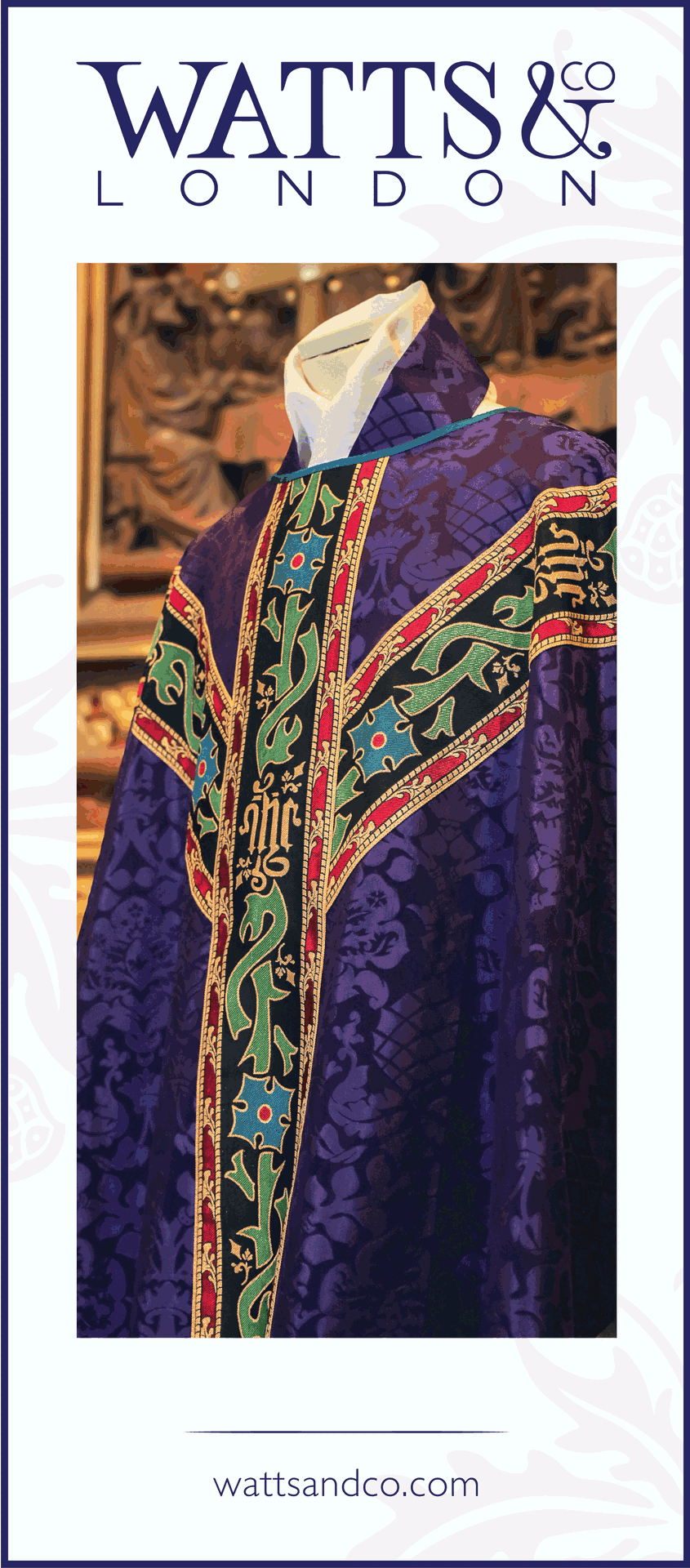Anyone who has acted in the role of sacristan, whether formally or informally, or who serves at Mass and therefore handles brass liturgical items like candlesticks, thuribles, boats and the like is aware that they can quite easily become tarnished thereby losing their metallic brilliance and taking on a dull discolouration. This is particularly an issue with thuribles and boats which are handled frequently and also subject to the resin of the incense and the smoke coming from the charcoal.
So what is one to do to care for these things? Some people use a brass cleaner like "Brasso" to try to polish up these things; a lengthy process that is often only "satisfactory" in its results and typically also leaving behind a greenish residue in the nooks and crannies of the filigree so often found on traditional liturgical items.
Others might resign themselves to leaving these items with this tarnished appearance, not being entirely certain what to do until they eventually decide to pursue the costly process of re-brassing the item.
Worse yet, I have even come across some whose "solution" was to purchase a can of metallic gold spraypaint which they then took to the item! Needless to say, that solution is not one whatseover and is to be avoided utterly and entirely.
There is another solution which I have found to be quite unknown to everyone I have mentioned it to and which avoids all of the above while achieving outstanding results -- it also doesn't take anymore time than using a chemical brass cleaner, while avoiding the chemical and its associated residue. It was a secret I learnt from a Catholic friend who was in the antiques business.
What is that "secret"? Super-fine steel wool.
Now, I must be clear about this. Like sandpaper, there are various grades of steel wool, from "normal" to "fine" and finally to "superfine". It is the latter of which I speak. The other grades may well damage the brass by leaving scratch marks. Superfine grade steel wool does not.
Pictures, however, speak louder than words, so allow me to illustrate. Late this afternoon I set to cleaning up the thurible and boat used at our Fraternity of St. Peter apostolate, neither of which had be cleaned for sometime. Here is what the boat and thurible looked like prior to cleaning:
Fairly typical of course. Various discolourations and a notable lack of the original lustre or brilliance.
Here, after about one hour of work, is what the thurible and boat look like after being cleaned with superfine steel wool:
As you can see, the lustre and brilliance are back. This took about an hour as I say, and it goes without saying that if one keeps on top of this sort of cleaning, it would take even less time.
Still, one hour's worth of time is not a great deal, particularly when one is talking about making the items used in the sacred liturgy to be clean and worthy of the dignity of the sacred rites.
My hope is that by sharing this technique, parish priests, sacristans and servers might find an effective way to take care of these liturgical items and make them ever ancient and ever new... again.




















